The CBI has filed an appeal before the Calcutta HC seeking enhancement of life imprisonment to the death penalty for the convict in the rape and murder of the doctor at the R.G. Kar Medical College and Hospital.
Supreme Court on the Death Penalty
|
|---|
Offences punishable with capital punishment in india
|
|---|
Global status of Capital Punishment:
Here are some countries that have abolished capital punishment:
|
|---|
Rule of Law
|
|
| Principle | Description |
| Supremacy of Law | The law is the highest authority, and everyone, including the government, must follow it. |
| Equality Before the Law | All individuals are treated equally under the law, regardless of their status or power. |
| Accountability | Those in power must be accountable for their actions, and the government can be held responsible for wrongdoing. |
| Separation of Powers | Different branches of government (executive, legislature, judiciary) are separate and check each other’s powers. |
| Fairness in Law | Laws are applied consistently and impartially, without bias or favoritism. |
Ready to boost your UPSC 2025 preparation? Join PW’s UPSC online courses today!
US President Trump initiated the U.S. withdrawal from the WHO, accusing it of mishandling the COVID-19 pandemic and favoring China.
About WHO’s pandemic treaty
|
|---|
Conditions for Withdrawal from WHO
|
|---|
About World Health Organization (WHO)
Funding Structure of WHOTwo Main Funding Sources
Key Financial Data (2023)
|
|---|
The U.S. withdrawal from WHO poses significant challenges to global health governance, funding, and equity. Addressing these impacts requires increased financial contributions, greater regional collaboration, and reforms to strengthen WHO’s transparency and resilience, ensuring its ability to safeguard global health security.
Ready to boost your UPSC 2025 preparation? Join PW’s UPSC online courses today!
The Union Cabinet has been apprised of the Progress under the National Health Mission (NHM)
The National Health Mission (NHM)
|
|---|
Ready to boost your UPSC 2025 preparation? Join PW’s UPSC online courses today!
Actor Saif Ali Khan has been directed to approach the appellate authority by the Madhya Pradesh High Court, regarding the central government’s declaration of the Pataudi family’s historical properties in Bhopal as “enemy property.”
Union of India vs. Raja Mohammad Amir Mohammad Khan Case, 2005:
|
|---|
Ready to boost your UPSC 2025 preparation? Join PW’s UPSC online courses today!
The Chairman of the 16th Finance Commission, launched the inaugural issue of NITI Aayog’s report titled “Fiscal Health Index (FHI) 2025” in New Delhi recently.
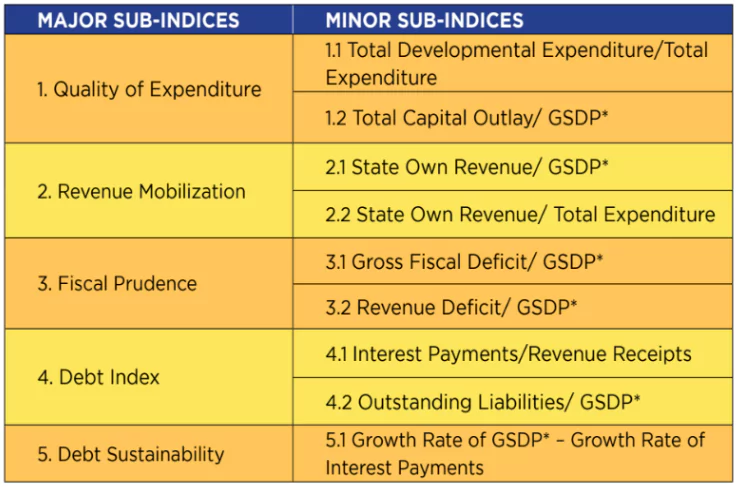

Ready to boost your UPSC 2025 preparation? Join PW’s UPSC online courses today!
Recent studies have pushed back the timeline of the Iron Age in India, revealing that iron use in Tamil Nadu dates as early as 3345 BCE, making it the earliest known use of iron globally.
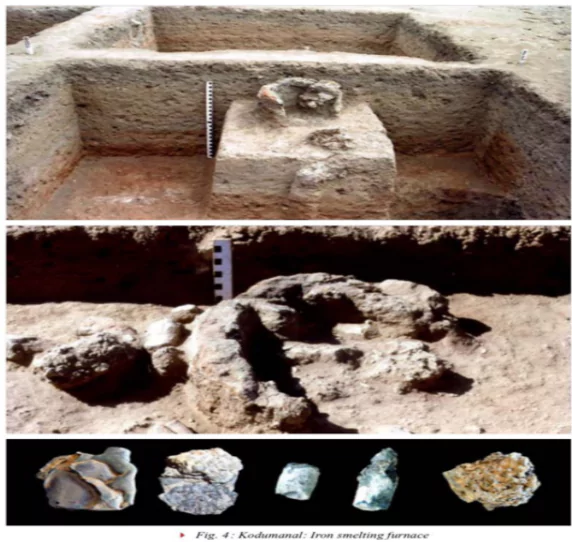 Dating and Sites:
Dating and Sites:
Accelerator Mass Spectrometry (AMS) and Optically Stimulated Luminescence (OSL)
|
|---|
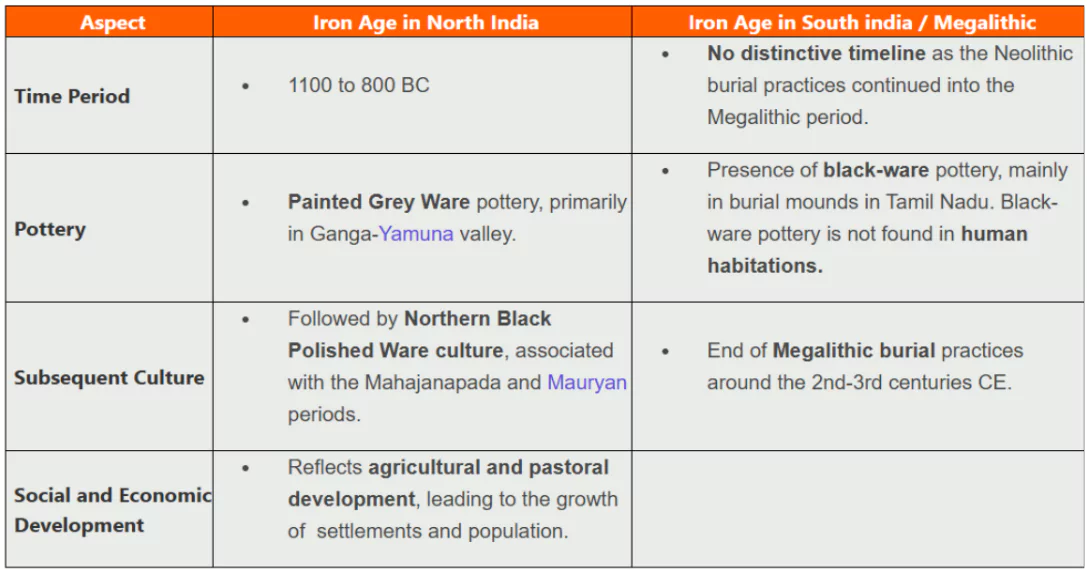
Ready to boost your UPSC 2025 preparation? Join PW’s UPSC online courses today!
In a significant step toward advancing India’s scientific capabilities and bolstering the blue economy, the Union Minister of State for Science and Technology announced that the country is set to launch its first human underwater submersible (Deep-Sea Manned Vehicle) this year.
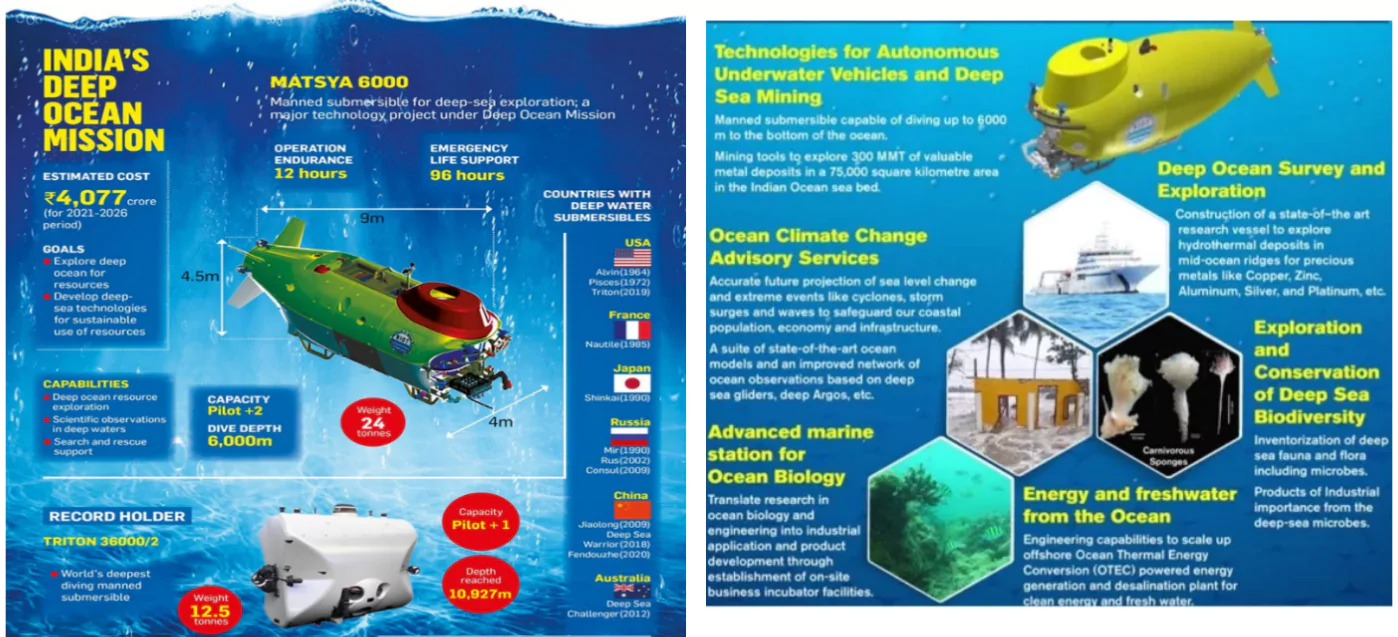
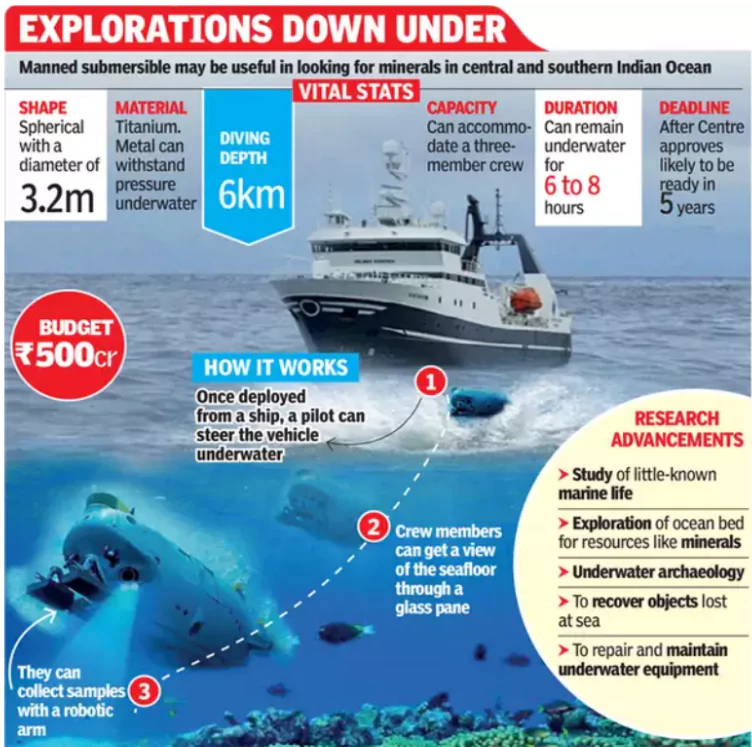
Ready to boost your UPSC 2025 preparation? Join PW’s UPSC online courses today!
Nearly a week since Donald Trump assumed office as the 47th President of the US, and declared a national energy emergency while promising to increase oil production in America, Brent crude oil prices have softened by around 3 per cent.
About Brent crude
|
|---|
Easing crude oil prices offer significant economic advantages for India, including improved fiscal health, inflation control, and boosted growth. However, geopolitical challenges and market dynamics will require careful policy responses.
Ready to boost your UPSC 2025 preparation? Join PW’s UPSC online courses today!
The Supreme Court ruled that partners of unregistered firms cannot enforce contractual rights against each other, as per Section 69(1) of the Indian Partnership Act, 1932.
 Key Provisions of the Act
Key Provisions of the Act
Ready to boost your UPSC 2025 preparation? Join PW’s UPSC online courses today!
Context: The World Economic Forum’s initiative, GPAP, has included Seven new countries—Angola, Bangladesh, Gabon, Guatemala, Kenya, Senegal, and Tanzania—in the partnership.
Context: India has joined the Medium Altitude Long Endurance Remotely Piloted Aircraft System (MALE RPAS), commonly known as the Eurodrone programme, as an observer state.
Context: Kerala Chief Minister has recently launched KaWaCHaM, one of the world’s fastest weather alert systems
Context: Pune city has observed an outbreak of the Guillain-Barre Syndrome (GBS), a rare neurological disorder with 59 people diagnosed.
Ready to boost your UPSC 2025 preparation? Join PW’s UPSC online courses today!
<div class="new-fform">
</div>
